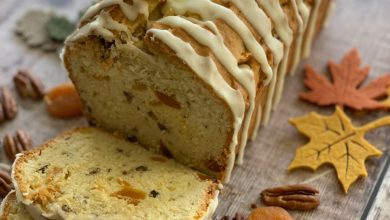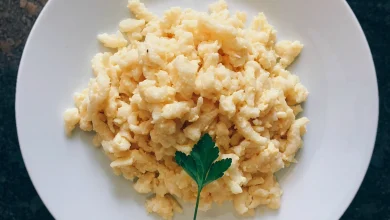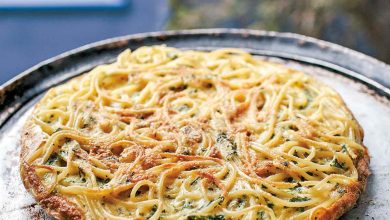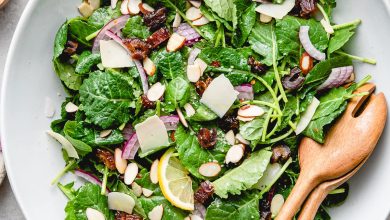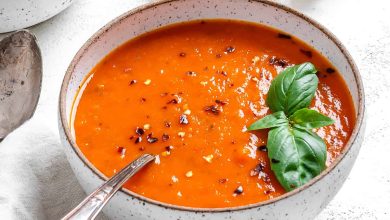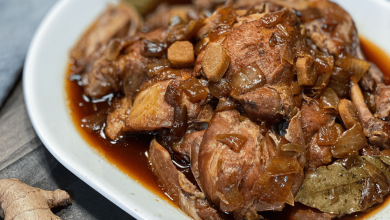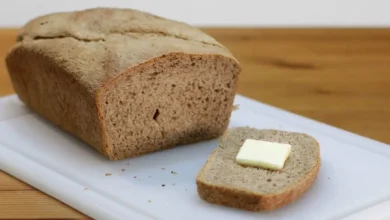Authentic No Refrigeration Bakery Frosting/Icing
🧁 Authentic No Refrigeration Bakery Frosting/Icing 🍰
Frosting and icing are essential components of many baked goods, adding sweetness, flavor, and a visually appealing finish to cakes, cupcakes, cookies, and more. Authentic no refrigeration bakery frosting/icing is a versatile and long-lasting topping that can be prepared without the need for refrigeration. Here’s a detailed response to your questions, with some sweet emojis along the way! 🍩🍬🍭
📜 History:
Icing and frosting have a long history in baking, dating back to ancient civilizations. The ancient Egyptians and Greeks used honey-based syrups to sweeten their baked goods. In the Middle Ages, sugar was a luxury item, so icing was a symbol of wealth and status. As sugar became more accessible, it started being used to create various icing and frosting variations. The concept of no refrigeration icing likely emerged to ensure that baked goods remained fresh and delicious in different environments.
🧁 Components:
Authentic no refrigeration bakery frosting/icing typically consists of these core components:
- Butter: It provides a rich, creamy texture and flavor.
- Powdered Sugar: Also known as confectioners’ sugar, it sweetens the icing and gives it structure.
- Flavoring: Vanilla extract, almond extract, or other flavorings can be added for taste.
- Liquid: Milk or cream is used to achieve the desired consistency.
- Salt: A pinch of salt can enhance the flavor.
👩🍳 Steps to Prepare:
- Creaming: In a mixing bowl, beat softened butter until it’s smooth and creamy. Emojis can’t convey how important this step is for a fluffy texture! 🧈
- Adding Sugar: Gradually add powdered sugar, about a cup at a time, and continue mixing until well combined.
- Flavoring: Add a teaspoon of your preferred extract for flavor and a pinch of salt. Mix it in.
- Liquid: Slowly add milk or cream while continuing to mix. Adjust the amount to reach your desired consistency. 🥛
- Beat: Beat the mixture on high speed for a few minutes to make it light and fluffy.
The time needed can vary, but typically it takes about 10-15 minutes to prepare a batch of frosting/icing. This includes the time for preparation and mixing.
🕒 Time Needed to Prepare:
The time required to prepare no refrigeration bakery frosting/icing depends on the quantity and your experience. For a standard batch, it can take around 10-15 minutes, making it a quick and straightforward process.
🧁✨ Conclusion:
No refrigeration bakery frosting/icing is a delightful addition to baked goods, providing sweetness and a smooth, creamy texture. Its history is intertwined with the evolution of baking, and its components are simple yet versatile. The steps to prepare it are relatively easy, and it doesn’t demand a lot of time. So, whether you’re making a birthday cake, cupcakes, or cookies, this icing is your go-to choice for that sweet finishing touch! 🎂🍰🍪
Certainly, here are the nutrition facts and some health information for the typical components used in no refrigeration bakery frosting/icing:
Butter (Unsalted, 1 cup – 227g):
- Calories: Approximately 1628 kcal
- Total Fat: 184g
- Saturated Fat: 117g
- Cholesterol: 488mg
- Sodium: 32mg
- No dietary fiber or sugars
Powdered Sugar (1 cup – 120g):
- Calories: Approximately 468 kcal
- Total Fat: 0g
- No saturated fat or cholesterol
- Sodium: 3mg
- Total Carbohydrates: 120g
- Sugars: 120g
Milk (2% Milkfat, 1 cup – 244g):
- Calories: Approximately 122 kcal
- Total Fat: 4.8g
- Saturated Fat: 3g
- Cholesterol: 20mg
- Sodium: 122mg
- Total Carbohydrates: 11.7g
- Sugars: 12g
- Protein: 8g
Vanilla Extract (1 tsp – 4.2g):
- Calories: Approximately 12 kcal
- No fat, cholesterol, or sodium
- Total Carbohydrates: 0.5g
- No protein
Salt (1 pinch):
- A pinch typically contains a negligible amount of calories, fat, protein, and carbohydrates.
Health Information:
-
Butter: Butter is high in saturated fat and cholesterol. While it provides a rich texture and flavor to frosting, it should be consumed in moderation as part of a balanced diet to maintain heart health.
-
Powdered Sugar: Powdered sugar is essentially refined sugar, so it’s high in empty calories and can cause blood sugar spikes. Using it sparingly in frosting is advisable, especially for individuals with diabetes.
-
Milk: Milk provides calcium and protein, but 2% milk still contains some saturated fat. If you’re looking for a healthier option, you can use low-fat or non-fat milk. However, this may affect the richness of your frosting.
-
Vanilla Extract: Vanilla extract is used in small amounts and is primarily for flavor. It doesn’t significantly contribute to the overall nutritional content.
-
Salt: The pinch of salt used in frosting is a negligible source of sodium. If you have high blood pressure or are on a low-sodium diet, you can reduce or omit it.
In moderation, no refrigeration bakery frosting can be part of a treat. However, it’s important to be mindful of the high sugar and fat content, which can impact your overall health if consumed excessively. If you have specific dietary concerns or restrictions, it’s a good idea to consult with a healthcare professional or registered dietitian.

